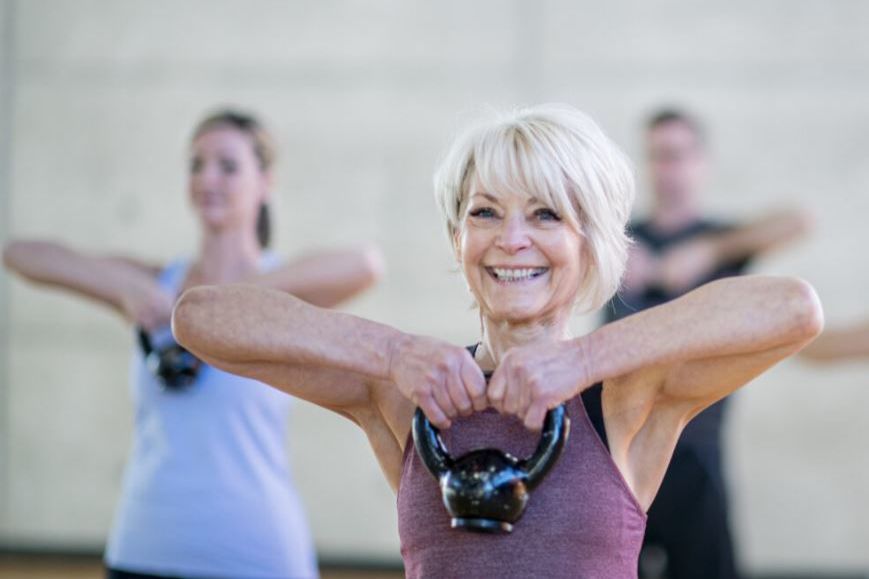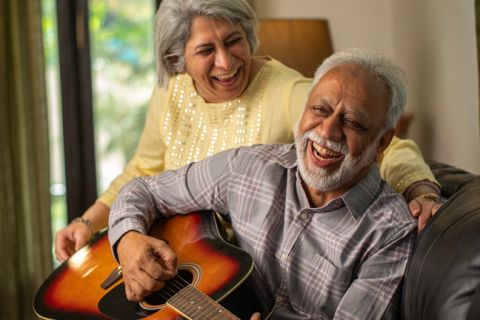With exercise, light is right
You don’t have to build up a sweat in the gym to maintain good physical and mental health.

As we age, maintaining an active lifestyle becomes increasingly important for overall health and well-being.
Light exercise offers many physical, mental, and emotional benefits for seniors, helping us to stay independent and allowing us to enjoy a better quality of life.
Unlike intense workouts, light exercise is gentle on the body while still providing significant health advantages.
Engaging in light physical activity helps maintain mobility, flexibility, and strength.
Activities such as walking, stretching, yoga, and swimming can improve cardiovascular health by enhancing blood circulation and lowering blood pressure.
Regular movement helps reduce the risk of chronic conditions such as heart disease, diabetes, and osteoporosis.
Light exercise also supports joint health by reducing stiffness and inflammation. For seniors with arthritis, activities such as tai chi or water aerobics can ease pain and improve range of motion.
Engaging in balance-focused exercises can also help prevent falls.
Staying active is also good for the mind. Research suggests that regular exercise can help slow cognitive decline and reduce the risk of dementia.
Activities that require coordination and focus, such as dancing or yoga, stimulate brain function and enhance mental agility.
Exercise also promotes better sleep, which is essential for cognitive health. Many older adults experience sleep disturbances but incorporating light physical activity into their daily routine can improve sleep quality and duration.
Movement also increases oxygen flow to the brain, which can enhance memory, concentration, and overall mental clarity.
Physical activity has a direct impact on mood and emotional well-being. Light exercise triggers the release of endorphins, the body’s natural mood boosters, which can help reduce stress, anxiety, and symptoms of depression.
Engaging in group activities such as walking clubs or senior yoga classes provides opportunities for social interaction, reducing feelings of loneliness and isolation.
Having a regular exercise routine can also instill a sense of purpose and accomplishment, which is particularly beneficial for retirees. Participating in enjoyable activities encourages a positive outlook on life and contributes to a greater sense of happiness and fulfillment.
The Department of Health recommends that people aged 65 and over undertake at least 30 minutes of moderate-intensity physical activity on most, preferably all, days.
If that is too difficult, start with 10 minutes once or twice a day, increasing it to 15 minutes twice a day after two weeks.
It’s recommended that you incorporate different types of activities into your exercise routine. You should also try to reduce the time you spend sitting down.
Suggested fitness activities include brisk walking, swimming, golf (with no cart), aerobics or water aerobics, cycling, gardening, tennis, and housework such as mopping and vacuuming.
There are more recommendations about exercise here.

Subscribe to Health Matters today
As we age, our health really does matter – and it’s important to stay up to date with the latest advice and information on health and well-being.
Subscribe to our informative digital newsletter Health Matters, where you’ll receive quality articles, healthy recipes and the latest health information relevant to older Australians. Each edition features contributions from Dr Libby (PhD) – Internationally acclaimed nutritional biochemist, best-selling author, and international speaker – who shares her insights on nutrition, energy, and healthy living. From practical tips to inspiring ideas, Health Matters covers everything you need to know to create and maintain a healthy lifestyle in your later years.
Dr Libby has a Bachelor of Health Science (Nutrition and Dietetics) (Hons), a PhD in Biochemistry, and 25 years of clinical experience.
Disclaimer: This article is for informational purposes only and should not be considered medical advice. Consult a healthcare professional about any health concerns or before making any changes to your medication, diet, or exercise routine.





